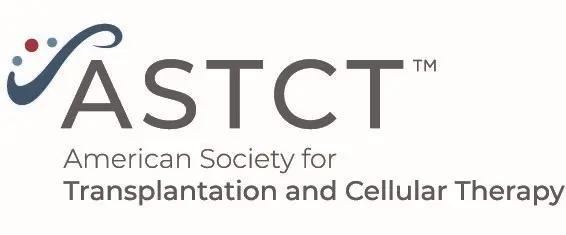Comparative Efficacy of PTCY and ATG in GvHD Prophylaxis: Insights from Mismatched and Matched Donor Transplant Studies
Efficacy of post-transplant cyclophosphamide vs antithymocyte globulin remains a large discussion for patients with graft-vs-host disease.
Efficacy of post-transplant cyclophosphamide vs antithymocyte globulin remains a large discussion for patients with graft-vs-host disease.

Graft-versus-host disease (GvHD) remains a challenge in the realm of allogeneic hematopoietic cell transplantation (allo-HCT), with the choice of prophylaxis strategy playing a critical role in patient outcomes. The advent of post-transplant cyclophosphamide (PTCY) has significantly altered the landscape of GvHD prevention, especially in the context of haploidentical and mismatched unrelated donor transplants. This innovation is compared with the traditional use of antithymocyte globulin (ATG) in two distinct studies focusing on patients with lymphoproliferative disorders undergoing reduced intensity conditioning regimen HCT. Both studies embark on an exploration of these prophylaxis strategies in slightly different patient populations and transplant conditions, providing a comparison and evaluation of outcomes.
The motivation behind these studies stems from an unmet medical need to mitigate the risks associated with GvHD, while also ensuring successful engraftment and minimizing relapse rates. The first study, Paviglianiti et al., examines PTCY versus ATG in the specific scenario of 9/10 HLA mismatched unrelated donor HCT, prompted by PTCY's expanding application due to its success in various transplant settings. It aims to fill a gap in comparative research within this nuanced context. The second study, Brissot et al., undertakes a randomized, open-label, multicenter phase 2 trial to compare these prophylaxis strategies in recipients of matched sibling or 10/10 HLA matched unrelated donors undergoing reduced intensity peripheral blood allogeneic cell transplantation. This trial is driven by the broader goal of refining GvHD prophylaxis considering the diversification of stem cell sources and the introduction of reduced intensity conditioning (RIC) regimens, reflecting a concerted effort to optimize post-transplant outcomes across different patient demographics.
Results from both studies reveal compelling insights into the effectiveness of PTCY and ATG in preventing GvHD while maintaining overall transplant success. The first study shows no significant differences in acute and chronic GvHD incidence, relapse incidence (RI), non-relapse mortality (NRM), and overall survival (OS) and progression-free survival (PFS) rates between the ATG and PTCY groups, suggesting that both strategies are comparably effective in the context of mismatched unrelated donor HCT. Similarly, the second study's final analysis indicates that, despite slower initial recovery in the PTCY group, long-term outcomes such as disease-free survival, overall survival, and chronic GVHD incidence do not significantly differ from those achieved with ATG prophylaxis. These findings underscore a paradigm shift towards considering PTCY as a viable alternative to ATG in diverse transplant settings, highlighting its potential to harmonize the dual objectives of effective GvHD prevention and favorable transplant outcomes.
References
- Paviglianiti, A., Ngoya, M., Peña, M. et al. Graft-versus-host-disease prophylaxis with ATG or PTCY in patients with lymphoproliferative disorders undergoing reduced intensity conditioning regimen HCT from one antigen mismatched unrelated donor. Bone Marrow Transplant (2024). doi.10.1038/s41409-024-02225-2
- Brissot E, Labopin M, Labussière H, et al. Post-transplant cyclophosphamide versus anti-thymocyte globulin after reduced intensity peripheral blood allogeneic cell transplantation in recipients of matched sibling or 10/10 HLA matched unrelated donors: final analysis of a randomized, open-label, multicenter, phase 2 trial. Blood Cancer J. 2024;14(1):31. Published 2024 Feb 19. doi.10.1038/s41408-024-00990-3
Newsletter
Stay up to date on recent advances in the multidisciplinary approach to cancer.